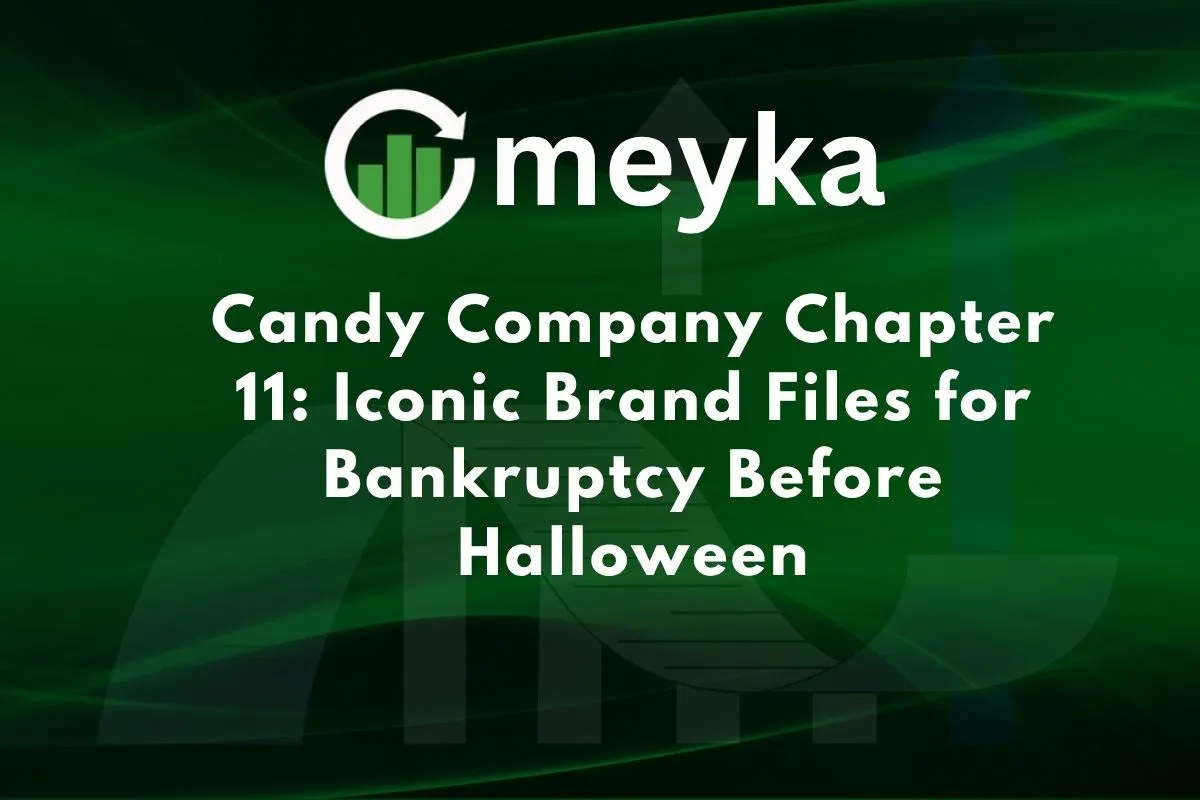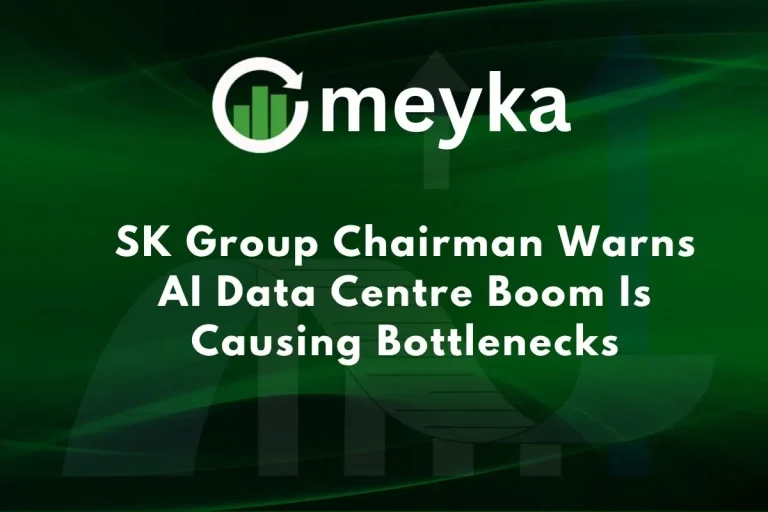Candy Company Chapter 11: Iconic Brand Files for Bankruptcy Before Halloween
We’ve just witnessed a surprising twist in the candy world. A well-known candy company filed for Chapter 11 bankruptcy on October 24, 2025, just days before the busiest candy week of the year. The timing is remarkable, because Halloween is when many sweet-treat businesses count on the most demand. The brand’s sudden move underlines how even familiar favourites can be vulnerable when costs surge, tastes shift, and competition intensifies. We’ll break down why this filing matters, for the company, its suppliers and us as consumers, and see what lessons the candy aisle might hold for the wider retail world.
What Went Wrong: Behind the Filing
The company in question is CandyWarehouse.com, Inc. (often referred to simply as “the candy company”), based in Texas. It filed for Chapter 11 in the U.S. Bankruptcy Court on October 24 2025.
Here are key trouble points:
- Seasonality risk: Halloween is a major sales boost for candy businesses. Filing just before that week means the company couldn’t fully ride the wave it had long counted on.
- Rising costs & shifting tastes: Raw-material prices (like cocoa and sugar) have surged in recent years. Also, more consumers are seeking healthier or lower-sugar treats.
- Thin margins & competition: The candy market is crowded. Big players, e-commerce platforms and changing retail habits make it harder for specialty suppliers to maintain margin. According to one report, the filing listed assets at around US$100,001–$500,000 and liabilities at US$1,000,001–$10 million.
- Business model stress: The company served individuals, hotels, restaurants, event planners and retail outlets. This wide model means many moving parts, inventory, logistics, bulk orders, so a disruption in one area can ripple across the business.
In short: a company once positioned to benefit from the candy rush found itself squeezed by higher costs, changing consumer behaviour, and seasonal risk.
The Bankruptcy Filing: What It Means
When a company files for Chapter 11, it means it aims to reorganise rather than shut down immediately. The court supervises, creditors are involved, and the firm may keep operating while restructuring.
In the case of CandyWarehouse.com:
- Filing date: October 24 2025.
- The company reported liabilities exceeded its assets, technically insolvent at the time of filing.
- A hearing was scheduled for October 29 2025 to review motions such as continued operations and use of cash collateral.
- For stakeholders (suppliers, creditors, customers): while operations may continue for now, uncertainty looms. Some orders may be delayed, some supply to retailers might be disrupted, and brand confidence may decline.
The takeaway: this move gives the company breathing space, but it also signals major internal issues. It shifts the playing field from “growth & sales” to “can we survive & restructure”.
Impacts and Stakeholders
Let’s walk through who’s affected and how.
For the company
The brand face is at risk. If restructuring fails, assets might be sold off, brand rights licensed, or operations scaled back. The inventory and supply chain may be trimmed.
Given the timing (just before Halloween), the company may lose a key revenue spike that many firms count on. Missing or delaying bulk orders ahead of Halloween could impact immediate cash flow.
For consumers & retailers
Retailers who rely on bulk candy might face delays or lower selection. Consumers may see fewer novelty treats or higher prices if supply is constrained.
Because we are in Pakistan (and globally) increasingly seeing imported candy pricing influenced by U.S. supply chains, ripple effects might travel further.
For suppliers & the confectionery sector
Raw-material suppliers (cocoa, sugar, packaging) may feel the pinch if one distributor contracts business. The larger candy industry also faces signals: if a notable supplier collapses or restructures, others may face tougher credit or financing terms.
Broader sector context
The candy industry isn’t immune to macro trends: health & wellness, inflation, supply chain disruptions, and retail shifts. It’s estimated that 47% of consumers seek “healthy” candy alternatives. Also, chocolate & cocoa price volatility has hit profitability for many firms. While specific numbers for this company are limited, the broader cost pressures are real.
Looking Ahead: The Reorganisation and What’s Next
What should we watch for, and what are the possible outcomes?
Possible outcomes
- The company successfully reorganises, pares debt, retains core operations, and emerges viable.
- The company sells off brand assets or merges, shifting to a leaner model.
- The company fails to restructure and moves into liquidation or asset sale, leading to closure or major downsizing.
Key indicators
Keep an eye on court filings, creditor meetings, supplier claims, and whether the company can maintain stock ahead of major seasons. Also, check whether employees or store operations get scaled back.
Opportunities and threats
Opportunities: If the company restructures well, it might emerge with lower fixed costs, fewer SKUs, sharper focus on core profitable lines, or pivot toward healthier candy trends.
Threats: Loss of market share during restructure, fewer consumers trusting the brand, higher cost of capital, and being undercut by nimble competitors.
Seasonal implications
For Halloween 2025 and beyond, we might see fewer promotional deals, tighter inventory in bulk candy aisles, or shifts in the product mix (e.g., more low-sugar treats). Retailers may lean on other suppliers or own-brand alternatives.
Conclusion
The “Candy Company Chapter 11” filing is a stark reminder that even well-known brands in high-demand seasons are vulnerable. We have seen how rising input costs, shifting consumer tastes, and heavy reliance on seasonal spikes can create a precarious situation. In number terms: this company had more liabilities than assets, filed in the week before the biggest candy event of the year, and now faces a major restructuring.
For the broader industry, the message is this: adapt or risk being squeezed. For consumers, expect that the candy aisle may look different, perhaps fewer choices, higher prices or new players stepping in. As Halloween approaches and in the years ahead, the candy world will be watching the outcome of this restructuring closely, and so should we.
FAQS:
Chapter 11 isn’t fully good or bad. It helps a company stay open while fixing debts. But it also shows the business is struggling financially.
In Chapter 11, secured creditors get paid first because they have collateral. After them, unsecured creditors, employees, and shareholders are paid if money remains.
Chapter 11 is a law that lets a company keep running while it reorganizes its debts. It gives time to make a plan to repay creditors.
Disclaimer:
The content shared by Meyka AI PTY LTD is solely for research and informational purposes. Meyka is not a financial advisory service, and the information provided should not be considered investment or trading advice.






